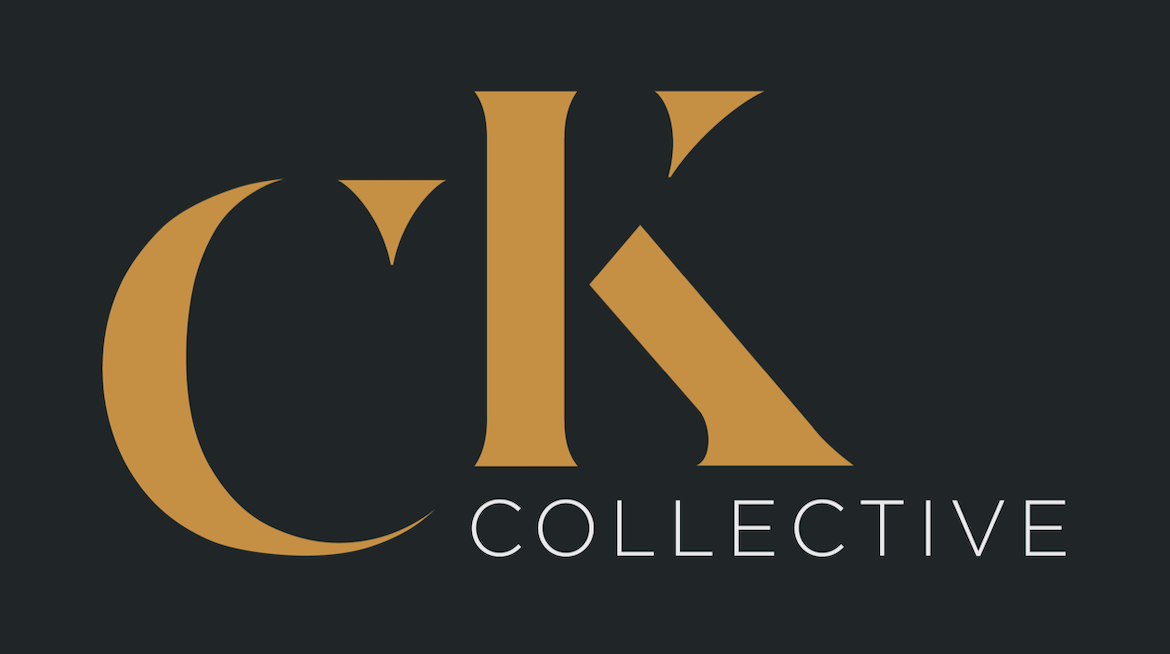The Process of Setting Boundaries
Establishing boundaries. It’s super important and something we must do in our personal and professional lives. It’s a culmination of both.
What are we willing to take?
What are we not willing to take?
Do you know?
Or, does it change day by day. Often we have found ourselves feeling trampled either by a busy life, by co-workers, our friends, our families and our loved ones. Those people that are generally closest to us are most often the ones who violate the sanctity of our minds, our work, our lives. It can be difficult to set boundaries, to set a hand out, or to say NO! But, when we do, we protect ourselves from being tramped. We protect our privacy, we protect our emotions, our minds, our thoughts….
Personal boundaries are the limits and rules we set for ourselves within relationships. A person with healthy boundaries can say “no” to others when they want to, but they are also comfortable opening themselves up to intimacy and close relationships. Whether that is at home, or in the workplace, and it’s something I truly believe in setting. And you should too.
In general, the key to setting boundaries is first figuring out what you want from your various relationships, whether those being work or personal, and setting boundaries based on those desires, and then being clear with yourself and with other people about your boundaries. Knowing when to say, ‘No,’ and not ever feeling like you have to over explain yourself to someone about why something doesn’t vibe with you. You shouldn’t have to explain yourself. People should respect you, and those that do, will gladly listen to your, ‘No,’ and respect that. Others that don’t will push you. Know when to say enough is enough and live your purpose, not another mission burdened onto you by others.
Define: identify the desired boundary
This is an excellent exercise. Try it out when you have some spare time.
Establishing boundaries is a constant work in progress. When you feel anger or resentment or find yourself whining or complaining, you probably need to set a boundary. Listen to yourself, determine what you need to do or say and move on to the next step. Know when you have too much on your plate. Step back, observe, detach. Are you in need of a vacation? A breather? Or do you just need to know when to say no?
Communicating assertively: say what you need
Keep the focus on yourself. Instead of setting a boundary by saying something like, “You have to stop bothering me after work”, you can say, “I need some time to myself when I get back from work.”
Say, “No,” simply more often. Know when to say it, how to say it. ‘No, thank you. I’ve got too much going on at the moment.”
“I hear you, but this is something I cannot tolerate or take on and I need you to respect that wholly and fully.”
You don’t have to be a dickhead, but you do have to say what you mean and mean what you say. This applies to both your personal and professional life. No other explanations are necessary!
Stay simple: don’t over explain
Not over explaining is a crucial aspect of setting boundaries, as everyone has the right to determine what they do and do not want to do. Say ‘no’ simply but firmly to something you do not want to do. That’s it. I won’t over-explain this one, either.
Set consequences: say why it is important
You are not threatening the other person. You are communicating your needs to give them the opportunity to fulfill them and share a healthy relationship with you. If it rains, the floor gets wet. If somebody feels offended by it, then it’s not possible to share a healthy world view with that person at that time.
You must learn to be able to set boundaries and consequences for others that cross your threshold both personally and professionally. This does not mean getting butt hurt about anything that anyone says or does, but quietly cutting that person off for the time being if they are affecting your personal emotions, thoughts, or feelings. Again, this applies both personally and professionally.
By knowing what you stand for, and knowing the lines that others cross after you have informed then once or twice, you must be able to set aside consequences for those people who blindly pass your boundaries. Cutting them off, refusing to listen to them, or simply walking away gets your point across. Telling them politely and professionally that their actions, words, or something else has crossed a boundary for you is extremely important.
Knowing then being able to walk away is the best form of negotiating, as well. The consequences can simply be a lack of getting to interact with you. You are the prize - not from a pretentious standpoint, but the gift of time is the best gift we can all give to one another and you need to be prioritizing who you are spending it with and why.
Tips for setting healthy boundaries
The topic has to be brought up in an easy, low pressure and non-blaming manner. You’re not reprimanding the other person, you are just sharing your needs. When the relationship (whether personal of professional) is new, it may feel awkward to set those boundaries. An easy way to do it is by asking that person: “What are some things that cross your personal boundaries? How can I be respectful to you and how you like to do things?” When they answer, LISTEN. Then, they will likely ask back and you’ll be able to tell them your boundaries before they crosses them and without implying that you expect him or her to respect them. If they are smart enough, they will take the hint. Otherwise, you can walk away and be respectful from afar.
When you identify the need to set a boundary, do it clearly, calmly, firmly, respectfully, and in as few words as possible.
Do not justify, get angry, or apologize for the boundary you are setting.
You are not responsible for the other person’s reaction to the boundary you are setting. You are only responsible for communicating your boundary in a respectful manner. If it upsets them, know it is their problem. Some people, especially those accustomed to controlling, abusing, or manipulating you, might test you. Plan on it, expect it, but remain firm.
Remember, your behavior must match the boundaries you are setting. You cannot successfully establish a clear boundary if you send mixed messages by apologizing.
At first, you will probably feel selfish, guilty, or embarrassed when you set a boundary. Do it anyway and remind yourself you have a right to self-care. Setting boundaries takes practice and determination. Don’t let anxiety, fear or guilt prevent you from taking care of yourself.
Learning to set healthy boundaries takes time. It is a process. Set them in your own time frame, not when someone else tells you.
Develop a support system of people who respect your right to set boundaries. Eliminate toxic persons from your life — those who want to manipulate, abuse, and control you.
Types of boundaries
Physical boundaries refer to personal space and physical touch. Healthy physical boundaries include an awareness of what’s appropriate, and what’s not, in various settings and types of relationships (hug, shake hands, or kiss?). Physical boundaries may be violated if someone touches you when you don’t want them to, or when they invade your personal space (for example, rummaging through your bedroom).
Intellectual boundaries refer to thoughts and ideas. Healthy intellectual boundaries include respect for others’ ideas, and an awareness of appropriate discussion (should we talk about the weather or politics?). Intellectual boundaries are violated when someone dismisses or belittles another person’s thoughts or ideas.
Emotional boundaries refer to a person’s feelings. Healthy emotional boundaries include limitations on when to share, and when not to share, personal information. For example, gradually sharing personal information during the development of a relationship, as opposed to revealing everything to everyone. Emotional boundaries are violated when someone criticizes, belittles, or invalidates another person’s feelings.
Sexual boundaries refer to the emotional, intellectual, and physical aspects of sexuality. Healthy sexual boundaries involve mutual understanding and respect of limitations and desires between sexual partners. Sexual boundaries can be violated with unwanted sexual touch, by pressuring to engage in sexual acts, leering, or sexual comments. Be especially careful of this within the workplace in various discussions, out in public, or at private gatherings etc. It is not ok to be lewd and have your mind in the gutter. No ‘Locker room’ talk is ok.
Material boundaries refer to money and possessions. Healthy material boundaries involve setting limits on what you will share, and with whom. For example, it may be appropriate to lend a car to a family member, but probably not to someone you met this morning. Material boundaries are violated when someone steals or damages another person’s possessions, or when they pressure them to give or lend them their possessions.
Time boundaries refer to how a person uses their time. To have healthy time boundaries, a person must set aside enough time for each facet of their life such as work, relationships, and hobbies. Time boundaries are violated when another person demands too much of another’s time.
Time is the most important gift we can give to others and to ourselves. By being respectful, setting boundaries, and respecting others boundaries in a personal and professional manner, we are giving ourselves the best gift possible. And that is empathy in an outward perspective. By establishing and communicating what we want, what we feel, what is ok, and what is not, we are being respectful of everyone’s time - including our own. We are providing and setting clear, conscious expectations for what we allow into our lives, and we become proactive instead of reactive, which is truly the best way to live one’s life.
Take this blog to heart, think about it, re-read it, send it to a friend, and be good to go with what you will and won’t accept into your personal and professional life.
Be well, be conscious. Be forgiving and be forthright. Stand your ground and know what you will accept and what you won’t in life. There is nothing more powerful. Truly.
Cheers, see you out there.
~ Cam // info@ckcollective.co



























📞 Want to Dive Deeper?
If you’re ready to rewrite your attachment patterns, boost self-trust, and build healthy love — I offer 1-on-1 coaching sessions that blend neuroscience, somatic tools, and deep mindset rewiring.
✨ Book a session at www.ckcollective.co or email info@ckcollective.co